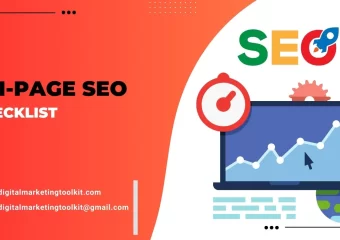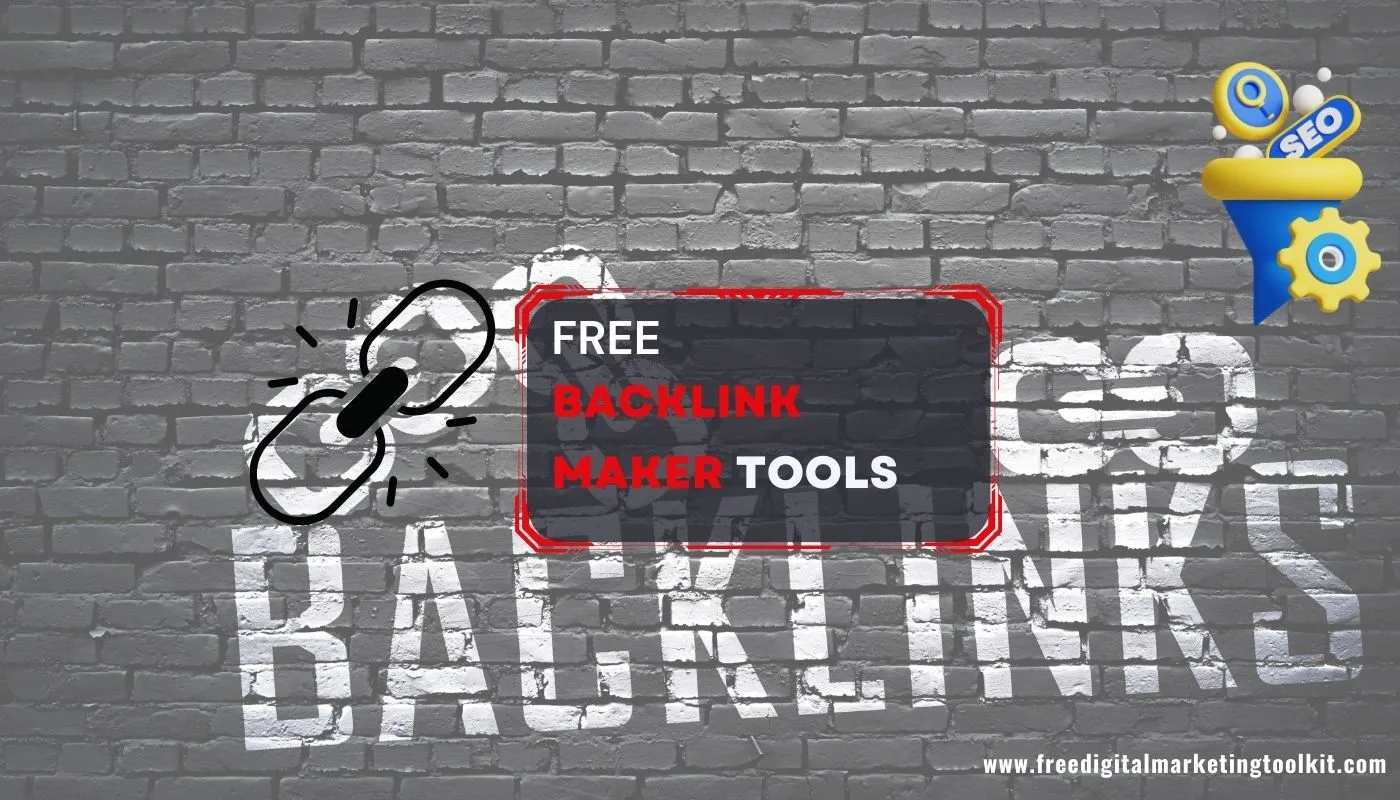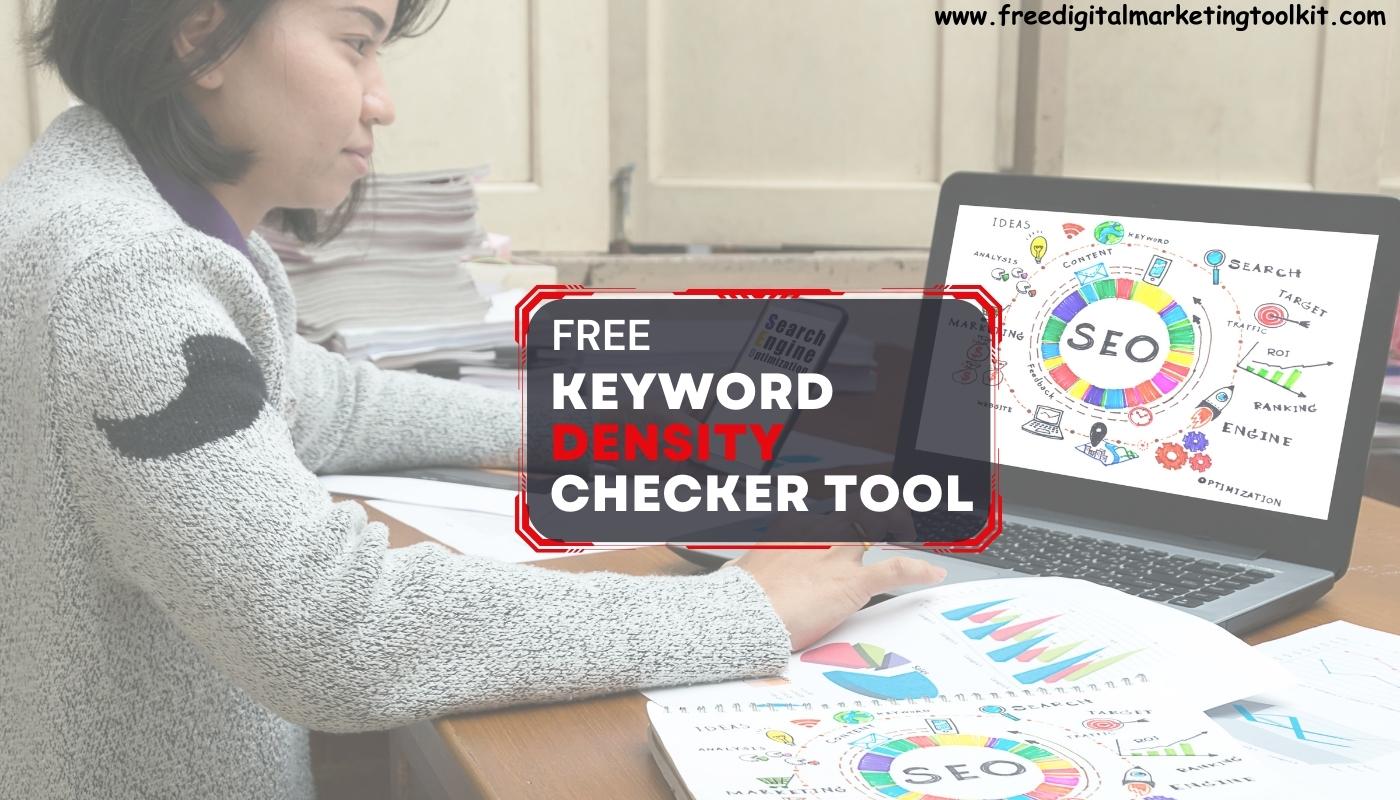
Search Engine Optimization (SEO) plays a significant role in improving your website’s visibility and ranking on search engine result pages. One of the fundamental aspects of SEO is On-Page SEO, which involves optimizing various elements on your website to make it search engine-friendly. In this article, we’ll walk you through an On-Page SEO checklist that covers all the essential steps to ensure your website’s success in the competitive online landscape.
What is On-Page SEO?
On-Page SEO refers to the practice of optimizing individual web pages to improve their search engine rankings and attract organic traffic. It involves making various optimizations directly on the website, focusing on content, HTML source code, and website architecture.
The Importance of On-Page SEO
Effective On-Page SEO is vital for search engines to understand what your web pages are about and to ensure they are relevant to users’ search queries. By implementing the right On-Page SEO techniques, you increase the chances of your website ranking higher on search engine result pages, leading to increased visibility and traffic.
Keyword Research and Analysis
Before diving into the technical aspects of On-Page SEO, conducting comprehensive keyword research is essential. Understanding the search terms your target audience uses allows you to tailor your content to meet their needs and expectations.
Understanding User Intent
Different users have different intentions when they conduct online searches. Some seek information, while others look for products or services. Analyzing user intent helps you choose relevant keywords and create content that aligns with what users are looking for.
Identifying Relevant Keywords
Utilize keyword research tools to identify high-traffic and relevant keywords related to your content. Aim for a mix of short-tail and long-tail keywords to target a broader audience while catering to specific queries.
Analyzing Keyword Competition
Evaluate the competition for your chosen keywords. Targeting highly competitive keywords may be challenging, especially for new websites. Consider using moderately competitive keywords that still have substantial search volumes.
Creating Compelling Meta Titles and Descriptions
Meta titles and descriptions are the first things users see on search engine result pages. Crafting compelling and informative meta tags entices users to click on your link, increasing your click-through rate.
Heading Tags and Structure
Properly structuring your content using heading tags not only makes it easier for users to navigate but also helps search engines understand the content hierarchy.
Proper Use of H1 Tags
The H1 tag should be reserved for the main title of the page and should contain the primary keyword. It gives users and search engines a clear indication of what the page is about.
Organizing Content with H2 and H3 Tags
Use H2 and H3 tags to organize subtopics within your content. This creates a logical structure that enhances the user experience and allows search engines to understand the relationships between different sections of your content.
Importance of Subheadings
Subheadings break down large chunks of text, making it easier for readers to scan and comprehend the content. Well-optimized subheadings also help search engines grasp the context and relevance of your content.
Optimizing URL Structure
Ensure your URLs are concise, descriptive, and contain relevant keywords. A clean URL structure makes it easier for search engines and users to understand the page’s content and purpose.
High-Quality and Engaging Content
Content is the heart of On-Page SEO. Creating valuable, informative, and engaging content is essential for attracting and retaining visitors.
Focusing on Readability
Write in a clear and concise manner. Use short paragraphs, bullet points, and numbered lists to improve readability. The easier it is for users to consume your content, the more time they are likely to spend on your website.
Using Multimedia to Enhance Content
Incorporate relevant images, videos, infographics, and other multimedia elements to make your content visually appealing and engaging. Visuals break the monotony of text and enhance the overall user experience.
Addressing User Queries
Anticipate and address common user queries in your content. Providing comprehensive answers to questions helps establish your website as a valuable resource in your niche.
Internal Linking
Implementing internal links between relevant pages on your website helps spread link equity and enables users to explore related content easily.
Image Optimization
Optimize images by reducing file sizes without compromising quality. Compressed images improve page loading speed, leading to a better user experience.
Page Loading Speed
A fast-loading website is crucial for both user experience and SEO. Slow-loading pages can lead to high bounce rates and lower search engine rankings.
Minimizing Image Size
Compress images to reduce their file size and improve loading times.
Utilizing Browser Caching
Leverage browser caching to store static resources, enabling faster load times for returning visitors.
Compressing CSS and JavaScript Files
Minify CSS and JavaScript files to reduce their size and improve website performance.
Mobile-Friendly Website
With the majority of internet users browsing on mobile devices, having a mobile-friendly website is non-negotiable.
Responsive Design
Ensure your website is responsive and adapts to different screen sizes and devices.
Mobile Page Speed
Optimize your website for fast loading on mobile devices, as mobile users expect quick access to information.
Secure Website with HTTPS
Securing your website with an SSL certificate (HTTPS) is essential for data encryption, user trust, and improved search engine rankings.
Schema Markup
Implementing schema markup allows search engines to better understand your content and display relevant rich snippets in search results.
Social Media Integration
Integrate social media sharing buttons to encourage users to share your content on various platforms, increasing its reach and visibility.
Regularly Updated Content
Frequently updating your website with fresh and relevant content signals to search engines that your site is active and valuable to users.
Conclusion
Optimizing your website using the On-Page SEO checklist is the foundation for a successful online presence. By understanding your target audience, conducting comprehensive keyword research, and implementing the right optimizations, you can significantly improve your website’s visibility, search engine rankings, and user experience. Remember, SEO is an ongoing process, and staying up-to-date with the latest trends and best practices will ensure that your website continues to thrive in the ever-evolving digital landscape.
FAQs
Q. What is the difference between On-Page SEO and Off-Page SEO?
Ans: On-Page SEO focuses on optimizing elements on your website, such as content, meta tags, and URLs, to improve search engine rankings. Off-Page SEO, on the other hand, involves activities outside your website, like link building and social media marketing, to increase your site’s authority and reputation.
Q. How often should I update my website’s content?
Ans: While there’s no fixed rule, aim to update your website with fresh content regularly. It could be weekly, bi-weekly, or monthly, depending on your niche and resources. Consistency is key.
Q. Is mobile-friendliness really that important for SEO?
Ans: Yes, absolutely! With the increasing number of mobile users, Google and other search engines prioritize mobile-friendly websites in their rankings. A mobile-friendly site ensures a positive user experience, leading to better search rankings.
Q. Does using multimedia on my website really make a difference?
Ans: Yes, using multimedia like images and videos can significantly enhance user engagement. Visual content is more appealing and helps convey information more effectively.
Q. How can I improve my website’s loading speed?
Ans: To improve your website’s loading speed, consider compressing images, leveraging browser caching, and minifying CSS and JavaScript files. Additionally, choose a reliable hosting provider and implement content delivery networks (CDNs) if necessary.







